-
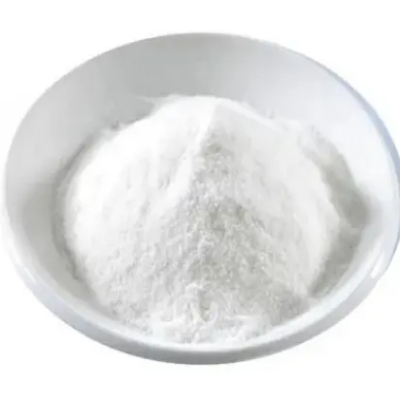
2,6-Dichloropurine CAS:5451-40-1
2,6-Dichloropurine is an organic compound with the molecular formula C5H2Cl2N4. It is a derivative of purine, featuring chlorine atoms at the 2 and 6 positions of the pyrimidine ring. This modification imparts distinct chemical and biological properties to the compound, making it relevant for various applications in scientific research and pharmaceutical development.
-

2-(4-BROMO-PHENYL)-BENZOOXAZOLE CAS:3164-13-4
2-(4-BROMO-PHENYL)-BENZOOXAZOLE, also known as 4-bromo-2-phenylbenzoxazole, is a chemical compound with the molecular formula C14H9BrNO. It belongs to the benzoxazole class of compounds and is characterized by the presence of a bromine-substituted phenyl group attached to the benzoxazole ring structure. This organic compound exhibits unique chemical properties that make it valuable for various applications in different fields, including pharmaceuticals, materials science, and organic synthesis.
-
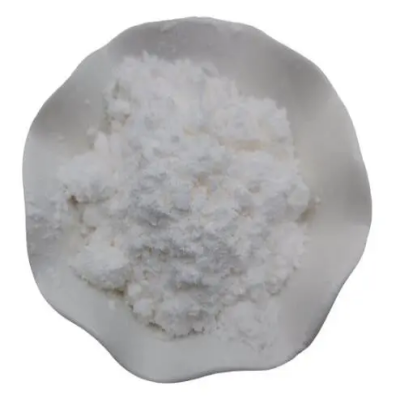
(S)-(+)-2-Amino-1-propanol CAS:2749-11-3
(S) -(+)-2-Amino-1-propanol, also known as (S)-isoserinol, is an organic compound with the molecular formula C3H9NO. It exists as a chiral molecule and belongs to the class of amino alcohols. This compound’s stereochemistry imparts specific properties that make it valuable for various applications in chemical synthesis, pharmaceuticals, and materials science.
-
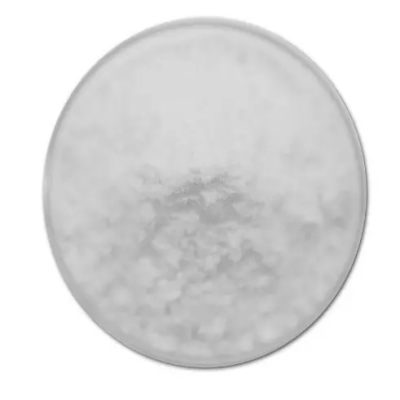
2-Amino-6-chloropurine CAS:10310-21-1
2-Amino-6-chloropurine is an organic compound with the molecular formula C5H4ClN5. It is a derivative of purine, featuring an amino group at the 2-position and a chlorine atom at the 6-position of the pyrimidine ring. This modification imparts distinct chemical and biological properties to the compound, making it relevant for various applications in scientific research and pharmaceutical development.
-
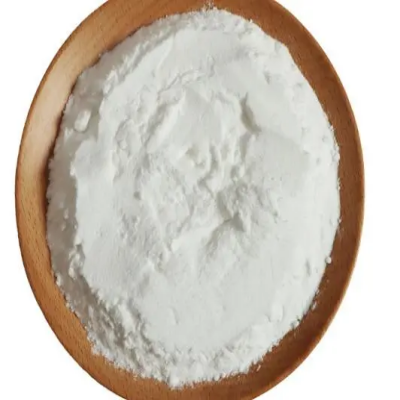
2-chloroadenine CAS:1839-18-5
2-Chloroadenine is an organic compound with the molecular formula C5H5ClN5. It is a derivative of adenine, featuring a chlorine atom substitution at the 2-position of the purine ring. This modification confers distinct chemical and biological properties to the compound, making it relevant for various applications in scientific research and pharmaceutical development.
-
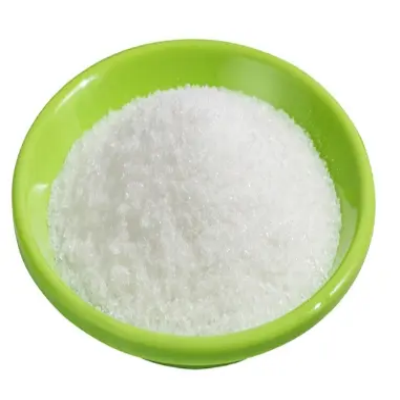
2-chloroadenosine CAS:146-77-0
2-Chloroadenosine is an organic compound with the molecular formula C10H12ClN5O4. It is a modified form of adenosine, featuring a chlorine atom substitution at the 2-position of the purine ring. This alteration imparts unique chemical and biological properties to the molecule, rendering it relevant for various applications in scientific research and pharmaceutical development.
-

2-Amino-5-bromopyridine CAS:1072-97-5
2-Amino-5-bromopyridine is an organic compound with the molecular formula C5H5BrN2. It is a derivative of pyridine, featuring an amino group at the 2-position and a bromine atom at the 5-position of the pyridine ring. This compound is notable for its distinctive chemical properties and its relevance in various scientific and industrial applications.
-
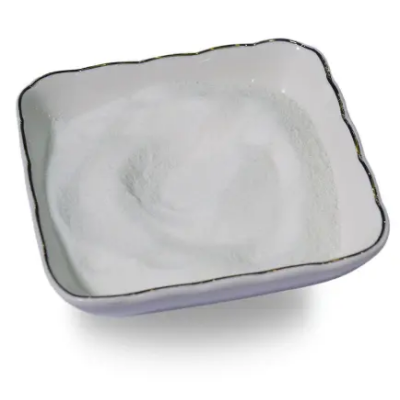
(+)-Dibenzoyl-D-tartaricacidmonohydrate CAS:80822-15-7
(+)-Dibenzoyl-D-tartaricacidmonohydrate is an organic compound with the molecular formula C18H14O8·H2O. It is a chiral molecule, and its structure includes a monohydrate form of dibenzoyl-D-tartaric acid. This compound exhibits specific properties due to its stereochemistry and hydration state, making it valuable for various applications in the fields of chemistry, pharmaceuticals, and materials science.
-
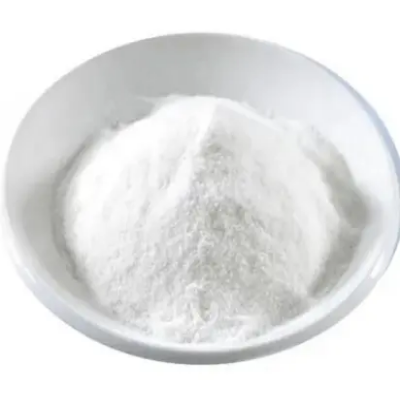
AC-Trp-OEt CAS:2382-80-1
AC-Trp-OEt, also known as N-Acetyl-L-tryptophan ethyl ester, is a significant chemical compound with diverse applications in organic synthesis, peptide chemistry, and biochemical research. With the molecular formula C16H19N3O3, it serves as an acetylated derivative of the essential amino acid L-tryptophan. Renowned for its high purity, stability, and versatility, AC-Trp-OEt plays a pivotal role as a building block in peptide synthesis, pharmaceutical intermediates, and biochemical studies. Its applications extend to the creation of custom peptides, drug discovery, and the investigation of tryptophan metabolism, making it valuable for researchers and professionals in various scientific and industrial domains.
-
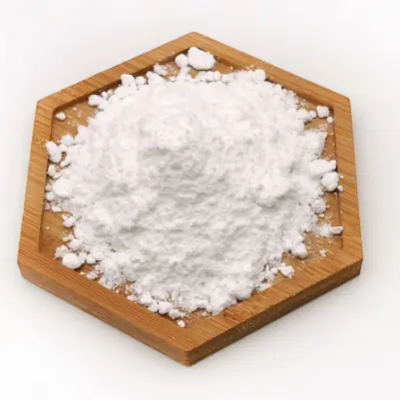
AC-D-Trp-OH CAS:2280-01-5.
AC-D-Trp-OH, also referred to as N-Acetyl-D-tryptophan, is a significant chemical compound widely utilized in organic synthesis, peptide chemistry, and biochemical research. With the molecular formula C13H15N3O3, it represents an acetylated derivative of the D-enantiomer of the essential amino acid tryptophan. Renowned for its high purity, stability, and chirality, AC-D-Trp-OH serves as a fundamental building block in peptide synthesis, pharmaceutical intermediates, and biochemical studies. Its applications extend to the creation of custom peptides, drug discovery, and the investigation of tryptophan metabolism, making it valuable for researchers and professionals in diverse scientific and industrial domains.
-

N-Acethyl-D-proline CAS:59785-68-1
N-Acetyl-D-proline is a notable chemical compound with diverse applications in organic synthesis, peptide chemistry, and biochemical research. With the molecular formula C7H11NO3, it represents an acetylated derivative of the D-enantiomer of the amino acid proline. Renowned for its high purity, stability, and chirality, N-Acetyl-D-proline plays a crucial role as a building block in peptide synthesis, pharmaceutical intermediates, and biochemical studies. Its applications extend to the creation of custom peptides, drug discovery, and the investigation of proline metabolism, making it valuable for researchers and professionals in various scientific and industrial domains.
-

(-)-Di-p-toluoyl-L-tartaricacid CAS:32634-66-5
(-)-Di-p-toluoyl-L-tartaricacid is an organic compound with the molecular formula C20H18O8. This chiral molecule consists of two p-toluoyl groups attached to an L-tartaric acid moiety. Due to its specific stereochemistry, it possesses unique properties that make it valuable for various applications in chemical synthesis, pharmaceuticals, and materials science.

